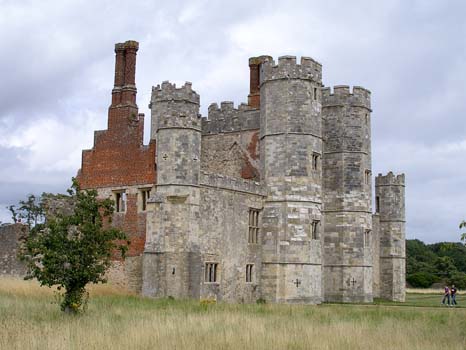 |
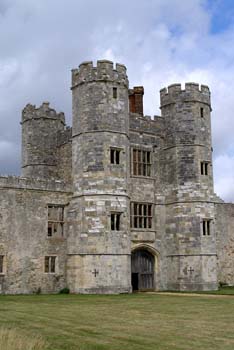 |
|
| The Gatehouse from the South West | Entrance | |
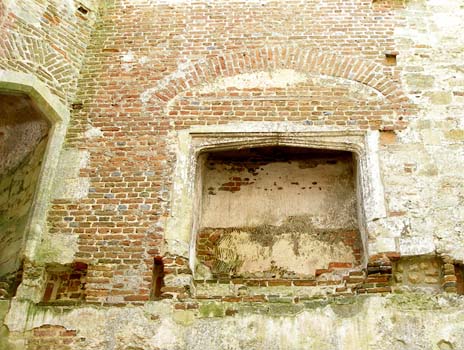 |
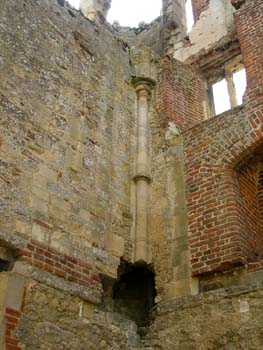 |
|
| Fireplace on the second floor | Pillar surviving from the abbey | |
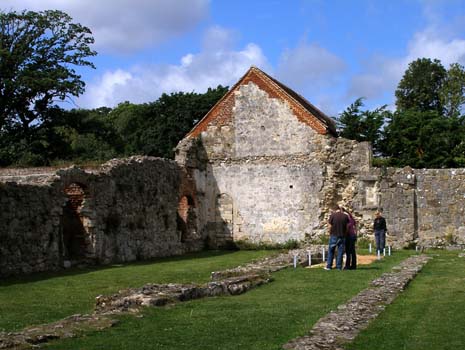 |
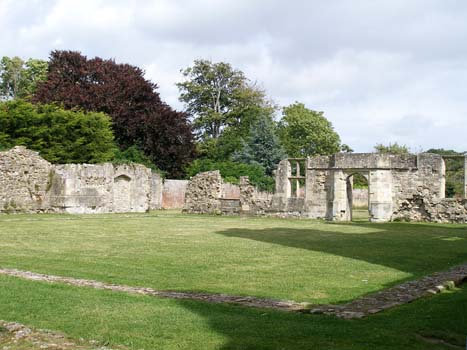 |
|
| View across the former cloisters | View north of the gatehouse | |
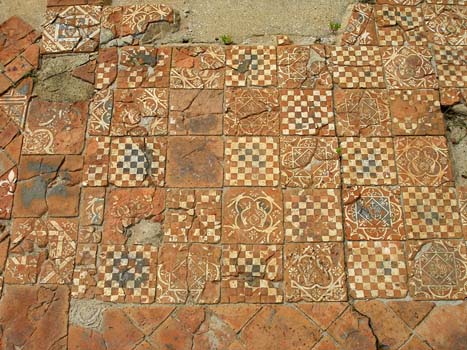 |
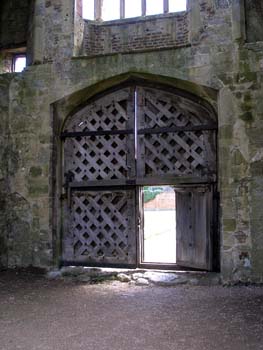 |
|
| 13th Century tiles | From inside the gatehouse |
 |
 |
|
| The Gatehouse from the South West | Entrance | |
 |
 |
|
| Fireplace on the second floor | Pillar surviving from the abbey | |
 |
 |
|
| View across the former cloisters | View north of the gatehouse | |
 |
 |
|
| 13th Century tiles | From inside the gatehouse |
Titchfield Abbey is now managed by the Titchfield Abbey Association with the cooperation of English Heritage. The abbey was founded in 1231 by Peter de Roches, bishop of Winchester for Premonstratensian canons. On the south side was the church with transepts and a crossing tower. Between the angle of the nave and the north transept were the cloisters with the dormitories on the east side and the refectory to the north. The canons also acted as vicars for churches in the district. There are tiles from the 13th century, which lay under the Tudor building for almost 400 years before being rediscovered in 1923 during excavations.
When the abbey was dissolved in 1537, the abbey property, comprising 11 manors and 5,000 acres, was acquired by Thomas Wriothesley (pronounced Risley), who became 1st Earl of Southampton. He converted the abbey into a manor house known as Place House. The former cloister area became a courtyard and in place of the refectory on the north side there was the great hall. On the side of the cloister formerly occupied by the dormitories a long gallery was created. The church was heavily modified with the construction of a gatehouse with four tower in the centre of the former nave, the removal of the crossing tower and also the south transept. Henry VIII and Elizabeth I stayed at Place House. William Shakespeare dedicated Venus and Adonis in 1593 and The Rape of Lucrece in 1594 to the 3rd Earl of Southampton, who was a young man at the time and Shakespeare's sole patron. The Earl had an affair with Elizabeth Vernon, one of Queen Elizabeth's ladies in waiting and was briefly imprisoned. In 1601 he became involved with Robert Devereaux, 2nd Earl of Essex's plot to depose the Queen. It was the Earl of Southampton who paid £40 to the players at The Globe theatre to stage Shakespeare's Richard II, including the previously banned deposition scene, on the eve of the rebellion. Although sentenced to death he was reprieved by the influence of Sir Robert Cecil. During the reign of James I, the Earl was influential in the colonisation of America as a member of the Virginia Company and was a backer of Henry Hudson's final and fatal voyage.
Charles I, who was friendly with the 4th Earl of Southampton stayed at the house in the first year of his reign. He returned in 1647 and is believed to have stayed in a room in the gatehouse. Colonel Hammond of the Parliamentary army arrived from the Isle of Wight and took him into custody.
The 4th Earl died in 1667 without male issue and the title became extinct. Southampton Row and Southampton Street, Holborn were named because his London house stood there. After his death, Titchfield Abbey passed through several families and was partly dismantled in 1781.
Sources
Information boards at the site.
Encyclopædia Britannica 2008 on DVD
The King's England: Hampshire by Arthur Mee, Hodder & Stoughton, first published 1939